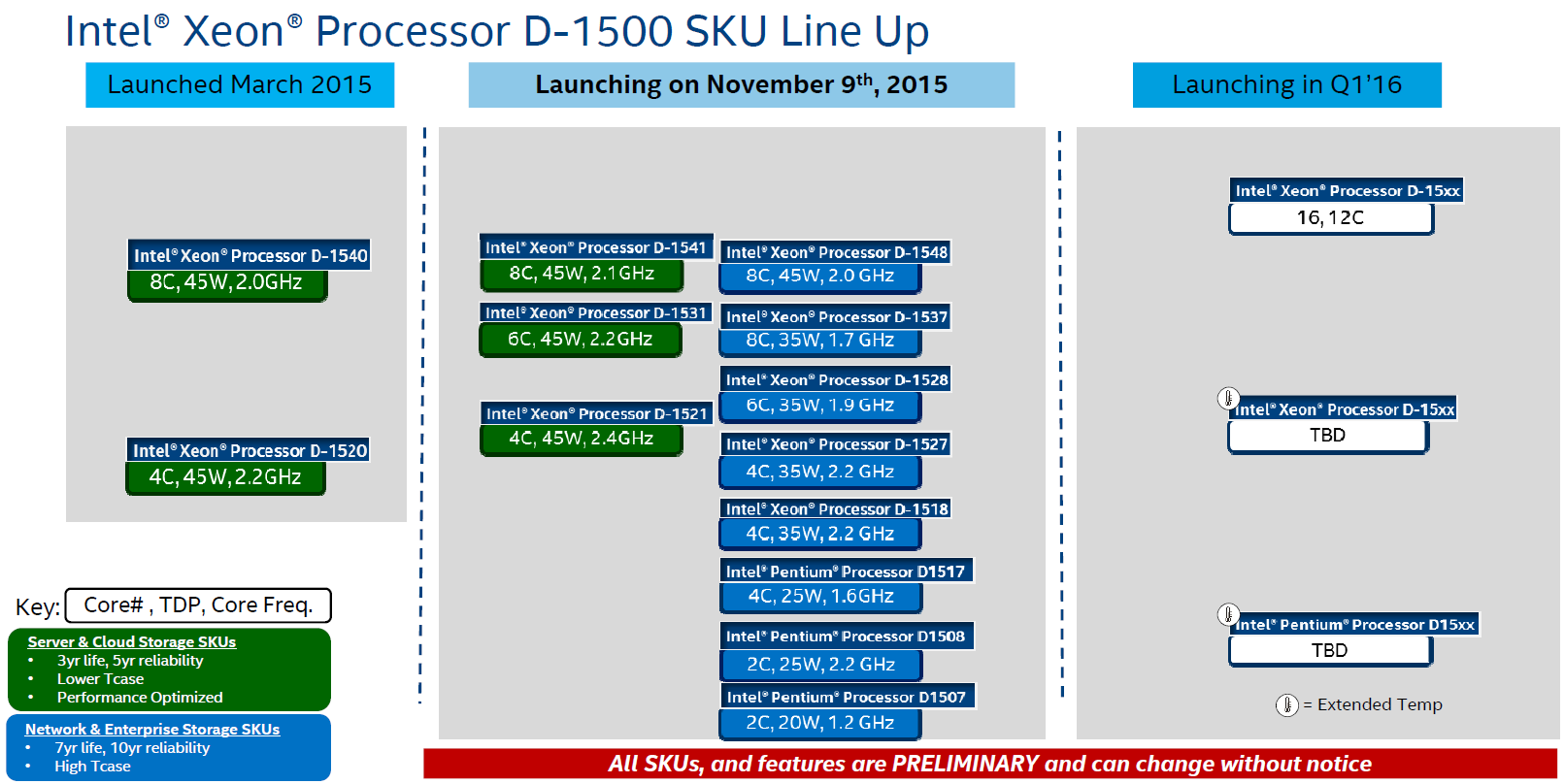case CK_Cannonlake:
setFeatureEnabledImpl(Features, "avx512ifma", true);
setFeatureEnabledImpl(Features, "avx512vbmi", true);
setFeatureEnabledImpl(Features, "sha", true);
setFeatureEnabledImpl(Features, "umip", true);
// FALLTHROUGH
case CK_SkylakeServer:
setFeatureEnabledImpl(Features, "avx512f", true);
setFeatureEnabledImpl(Features, "avx512cd", true);
setFeatureEnabledImpl(Features, "avx512dq", true);
setFeatureEnabledImpl(Features, "avx512bw", true);
setFeatureEnabledImpl(Features, "avx512vl", true);
setFeatureEnabledImpl(Features, "pku", true);
setFeatureEnabledImpl(Features, "pcommit", true);
setFeatureEnabledImpl(Features, "clwb", true);
// FALLTHROUGH
case CK_SkylakeClient:
setFeatureEnabledImpl(Features, "xsavec", true);
setFeatureEnabledImpl(Features, "xsaves", true);
setFeatureEnabledImpl(Features, "mpx", true);
setFeatureEnabledImpl(Features, "sgx", true);
setFeatureEnabledImpl(Features, "clflushopt", true);
// FALLTHROUGH



